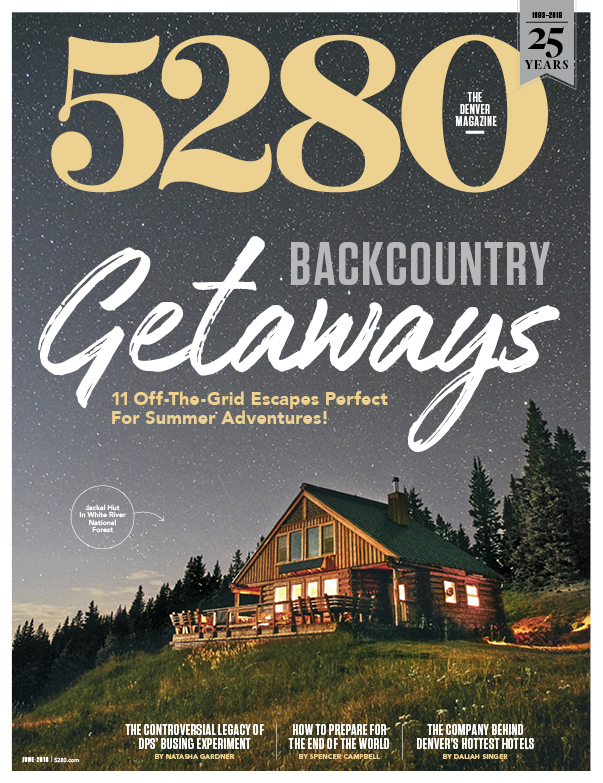The Local newsletter is your free, daily guide to life in Colorado. For locals, by locals.
On a clear evening this past June, a single drone whirred above the pine and aspen trees of Pike National Forest, its camera searching for two hikers who’d become lost after wandering off Devil’s Head Trail. Within a few minutes, the quadcopter successfully located the missing people and their dog; without that flying robot, the search likely would have taken Douglas County Search and Rescue’s 23 volunteers all night.
Douglas County isn’t the only place where drones are becoming a useful arrow in search and rescue quivers: Across the state, other teams, including Fremont Search & Rescue, Mountain Rescue Aspen, and Summit County Rescue Group, are using unmanned aircraft to increase the likelihood that searchers get to lost adventurers before the elements do. The drones can fly into difficult-to-access areas. Advanced versions carry water and medicine to the sick, injured, or trapped while the rescue team bushwhacks on foot. Add-on heat-sensing cameras can identify people when it’s difficult for standard cameras to see. That way, volunteers spend less time searching the wrong places—crucial during the busy summer season.
Using drones in search and rescue missions isn’t new, but Colorado’s teams have been slow to adopt the technology, largely because it’s expensive and time-consuming. The teams are run entirely on donations, and while a drone can cost as little as $1,000, the squads have to spend money on software to review footage and training on how and when to use drones. For example, Douglas County Search and Rescue paid at least $50,000 to get its drone program off the ground—to say nothing of the countless unpaid hours spent navigating the Federal Aviation Administration’s regulations for nonrecreational flying.
Search and rescue teams need a pilot who’s passed a TSA security screening and an aeronautical knowledge test present in order to fly a drone at any time; pilots must also keep the machines within sight and away from any passersby who aren’t involved with the mission. And dealing with the FAA bureaucracy can be even more complicated when it comes to nighttime flights. Mountain Rescue Aspen, for instance, is hiring two consultants to figure out why its nighttime waiver was denied for the second time. The additional cost, though, is worth it to the group. “In the next year or two,” says Aspen volunteer Brandon Gonzales, “I think our drone is probably going to save someone’s life.” And there’s no price you can put on that.









